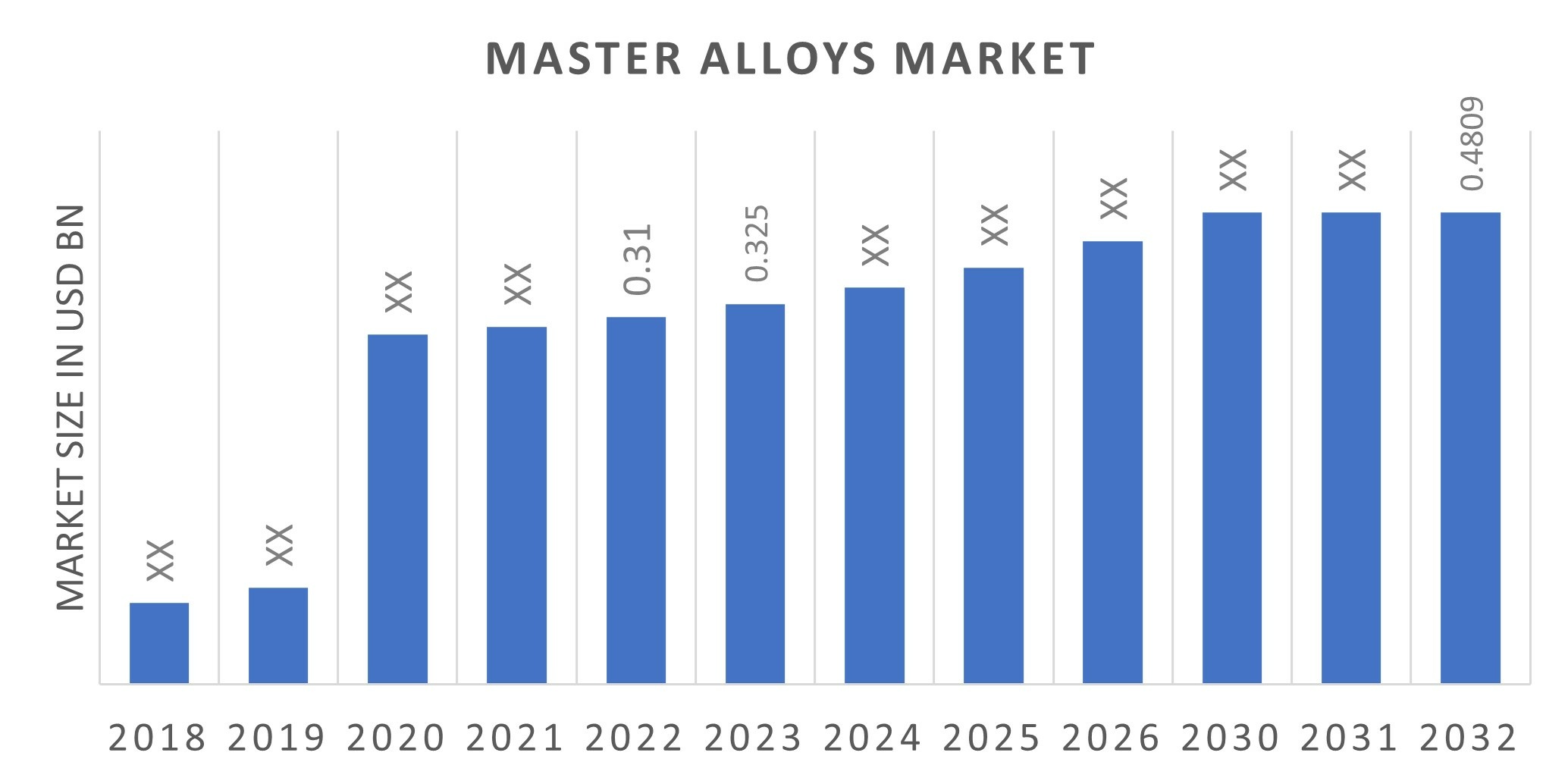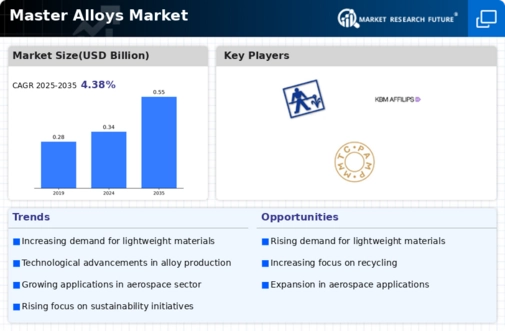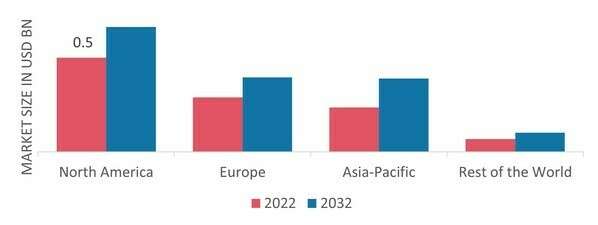Market Growth Projections
The Global Master Alloys Market Industry is projected to experience substantial growth over the coming years. With a market value anticipated to reach 0.34 USD Billion in 2024 and further increase to 0.55 USD Billion by 2035, the industry is poised for a robust expansion. The compound annual growth rate (CAGR) of 4.4% from 2025 to 2035 indicates a positive outlook for stakeholders. This growth trajectory is influenced by various factors, including rising demand for lightweight materials, technological advancements, and increased focus on sustainability.
Expansion of End-Use Industries
The expansion of end-use industries significantly influences the Global Master Alloys Market Industry. Sectors such as electronics, construction, and renewable energy are increasingly incorporating master alloys into their products. For instance, the electronics industry utilizes master alloys for components that require high conductivity and thermal resistance. This diversification of applications is expected to bolster market growth, with estimates suggesting a market value of 0.55 USD Billion by 2035. The ongoing industrialization and urbanization trends globally further amplify the demand for master alloys across various sectors.
Rising Demand for Lightweight Materials
The Global Master Alloys Market Industry experiences a notable surge in demand for lightweight materials, particularly in the aerospace and automotive sectors. As manufacturers strive to enhance fuel efficiency and reduce emissions, the utilization of master alloys becomes increasingly prevalent. For instance, aluminum-lithium alloys are gaining traction due to their superior strength-to-weight ratio. This trend is expected to contribute to the market's growth, with projections indicating a market value of 0.34 USD Billion in 2024. The shift towards lightweight materials aligns with global sustainability goals, further driving the adoption of master alloys.
Growing Investment in Research and Development
Investment in research and development is a critical driver for the Global Master Alloys Market Industry. Companies are increasingly allocating resources to innovate and develop new alloy compositions that meet specific performance criteria. This focus on R&D enables manufacturers to create advanced master alloys with enhanced properties, catering to niche applications. For instance, the development of high-performance titanium alloys for aerospace applications showcases the industry's commitment to innovation. Such investments are expected to foster market growth, ensuring that the industry remains competitive and responsive to evolving technological demands.
Technological Advancements in Alloy Production
Technological advancements play a pivotal role in shaping the Global Master Alloys Market Industry. Innovations in production techniques, such as advanced melting and casting processes, enhance the quality and performance of master alloys. These advancements not only improve the efficiency of alloy production but also reduce waste and energy consumption. For example, the introduction of vacuum induction melting technology allows for better control over alloy composition. As a result, the market is poised for growth, with a projected CAGR of 4.4% from 2025 to 2035, reflecting the industry's adaptation to modern manufacturing demands.
Increased Focus on Recycling and Sustainability
The Global Master Alloys Market Industry is witnessing a heightened focus on recycling and sustainability. As environmental regulations tighten, industries are compelled to adopt sustainable practices, including the recycling of master alloys. This not only reduces waste but also conserves natural resources. For example, recycled aluminum alloys are increasingly used in automotive applications, contributing to lower carbon footprints. The emphasis on sustainability is likely to drive market growth, as companies seek to align with global environmental standards and consumer preferences for eco-friendly products.





